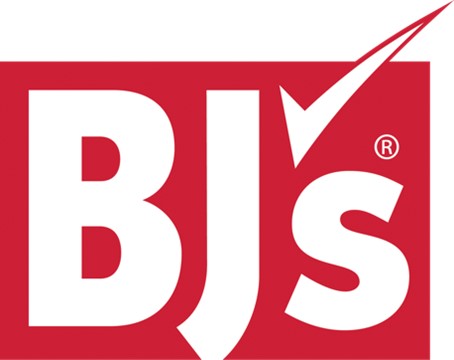
BJ’s Wholesale Club Holdings, Inc. (NYSE:BJ) is expected to report a revenue increase of 5.2% in the first quarter of fiscal 2025, reflecting its expanding market presence.
The company’s earnings per share (EPS) are anticipated to grow by 7.1%, indicating an improvement in profitability.
Financial metrics such as a P/E ratio of approximately 29.34 and a debt-to-equity ratio of about 1.54 highlight BJ’s market valuation and financial strategy.
BJ’s Wholesale Club Holdings, Inc. (NYSE:BJ), a leading membership-only warehouse club chain in the United States, competes with giants like Costco and Sam’s Club. The company is set to release its quarterly earnings on May 22, 2025, with analysts estimating an earnings per share (EPS) of $0.91 and revenue of approximately $5.19 billion.
BJ is expected to report a revenue increase for the first quarter of fiscal 2025, with the Zacks Consensus Estimate projecting revenues at $5.18 billion, marking a 5.2% rise from the previous year. This growth is significant as it reflects the company’s ability to expand its market presence and attract more customers. The anticipated revenue growth is a positive indicator for investors, as it suggests the company is effectively managing its operations and capitalizing on market opportunities.
The company’s earnings per share are expected to grow by 7.1% from the same quarter last year, remaining stable at $0.91 over the past month. This growth in EPS indicates that BJ is improving its profitability, which is crucial for maintaining investor confidence. The company has consistently outperformed expectations, with an average earnings surprise of 12% over the last four quarters, as highlighted by Zacks. In the most recent quarter, BJ’s earnings exceeded the Zacks Consensus Estimate by 6.9%, showcasing its strong financial performance.
BJ’s financial metrics provide further insight into its market position. The company’s price-to-earnings (P/E) ratio of approximately 29.34 indicates the price investors are willing to pay for each dollar of earnings. A price-to-sales ratio of about 0.77 suggests the market values the company at 77 cents for every dollar of sales. These ratios are essential for investors to assess the company’s valuation and compare it with industry peers.
The company’s debt-to-equity ratio of approximately 1.54 indicates a significant reliance on debt to finance its operations. While this can be a concern, it also reflects the company’s strategy to leverage debt for growth. Additionally, BJ’s current ratio of around 0.74 suggests potential challenges in covering short-term liabilities with short-term assets. Investors will closely monitor the upcoming earnings report and management’s discussion of business conditions to gauge the company’s future prospects and potential impact on the stock’s price.

